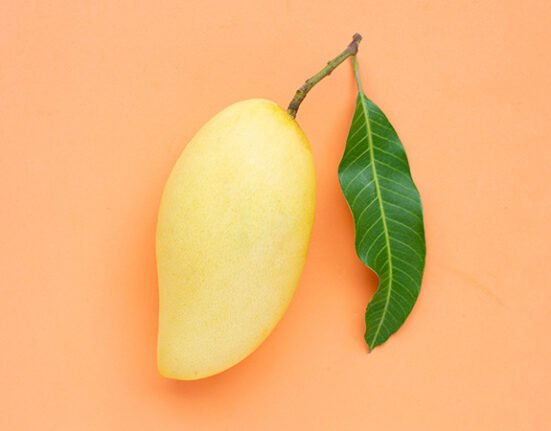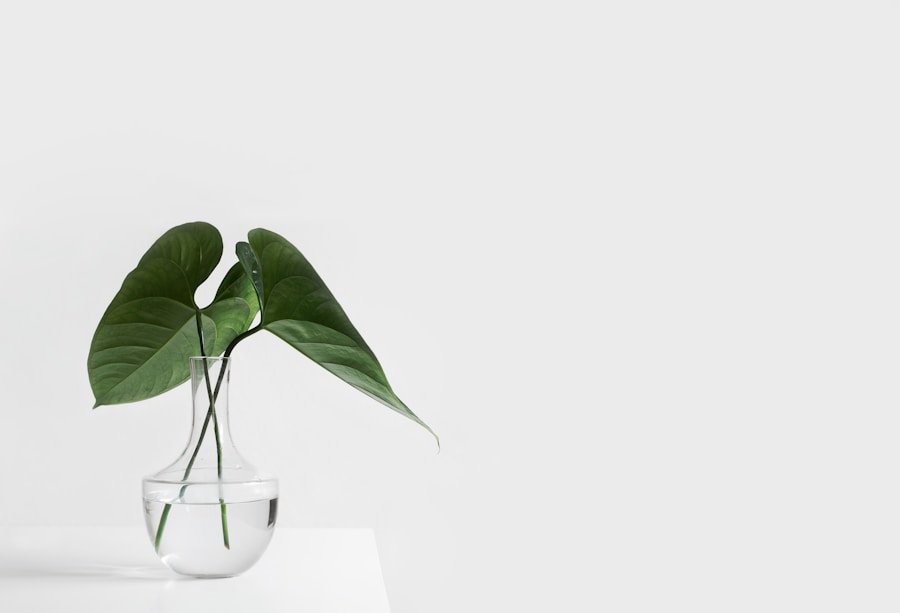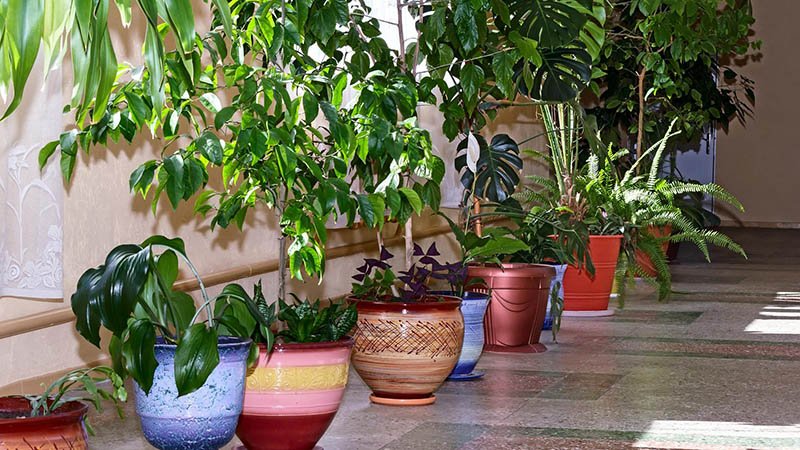Pruning is a vital technique for tomato growers seeking to optimize their crop’s yield and health. By eliminating unnecessary growth and redirecting the plant’s energy, pruning can result in larger, healthier fruits and a more manageable plant structure. If left unpruned, tomato plants can become overgrown and congested, leading to reduced airflow and increased susceptibility to diseases.
Moreover, unpruned plants may produce smaller, lower-quality fruits as the plant’s energy is dispersed across excessive foliage. Pruning also plays a crucial role in maintaining the overall health and vigor of tomato plants. By removing excess foliage, growers can improve airflow around the plant, reducing the risk of fungal diseases such as blight and powdery mildew.
Additionally, pruning allows for better light penetration to the lower parts of the plant, promoting even ripening of fruits and reducing the likelihood of sunscald. Furthermore, by removing non-essential growth, growers can encourage the plant to focus its energy on producing larger, more flavorful fruits. Overall, the significance of pruning tomatoes in promoting plant health and maximizing fruit production cannot be overstated.
Key Takeaways
- Pruning tomatoes is important for promoting plant health and maximizing fruit production.
- Benefits of pruning tomato plants include improved air circulation, disease prevention, and larger, higher quality fruit.
- Pruning should be done when the plant is young and throughout the growing season, using clean, sharp tools to make precise cuts.
- Common mistakes to avoid when pruning tomatoes include removing too much foliage, cutting too late in the season, and using dull tools.
- Different pruning techniques should be used for indeterminate and determinate tomato varieties to maximize yield and plant growth.
Benefits of Pruning Tomato Plants
Boosting Fruit Production and Quality
Furthermore, by removing non-essential growth, gardeners can encourage the plant to focus its energy on producing larger, more flavorful fruits. Overall, the benefits of pruning tomatoes cannot be overstated when it comes to promoting plant health and maximizing fruit production.
Creating a More Manageable and Aesthetically Pleasing Garden
By removing excess growth, gardeners can create a more open and organized growing space, making it easier to access and care for their plants. This can also lead to a more visually appealing garden, as pruned tomato plants are often more uniform in shape and size. Furthermore, by removing unnecessary growth, gardeners can prevent their tomato plants from becoming overcrowded, which can lead to competition for resources and decreased overall productivity.
A More Enjoyable and Efficient Gardening Experience
Therefore, the benefits of pruning tomato plants extend beyond just promoting plant health and can also lead to a more enjoyable and efficient gardening experience.
When and How to Prune Tomato Plants
Knowing when and how to prune tomato plants is essential for any gardener looking to maximize their crop yield. In general, tomato plants should be pruned once they have developed several sets of true leaves and are beginning to produce flowers. At this stage, gardeners can begin to remove any suckers that have formed in the leaf axils, as well as any non-essential growth that may be crowding the plant.
It is important to prune tomato plants regularly throughout the growing season, as this will help to promote better airflow and light penetration, leading to healthier plants and larger fruits. When pruning tomato plants, it is important to use sharp, clean tools to make clean cuts that will heal quickly. Gardeners should also be mindful of the overall shape and structure of the plant, aiming to create an open and well-ventilated canopy that allows for even light distribution and airflow.
When removing suckers, it is important to do so carefully to avoid damaging the main stem or causing unnecessary stress to the plant. Additionally, gardeners should be mindful of the specific variety of tomato they are growing, as different varieties may require slightly different pruning techniques. Overall, knowing when and how to prune tomato plants is crucial for promoting plant health and maximizing fruit production.
Tools and Techniques for Pruning Tomatoes
| Pruning Technique | Benefits |
|---|---|
| Removing Suckers | Promotes better air circulation and reduces the risk of disease |
| Removing Lower Leaves | Prevents soil-borne diseases and improves fruit quality |
| Trimming Overgrown Branches | Redirects energy to fruit production and improves overall plant health |
When it comes to pruning tomatoes, having the right tools and techniques is essential for promoting plant health and maximizing fruit production. The most important tool for pruning tomatoes is a sharp pair of pruning shears or scissors that can make clean cuts without causing unnecessary damage to the plant. It is also important to have a clean cloth or alcohol wipes on hand to sterilize the blades between cuts, as this can help prevent the spread of diseases between plants.
Additionally, having a pair of gloves can help protect hands from thorns or rough stems while pruning. In terms of techniques, there are several key principles to keep in mind when pruning tomatoes. First and foremost, it is important to remove any suckers that form in the leaf axils, as these can divert energy away from fruit production and lead to overcrowding within the plant.
Additionally, gardeners should aim to create an open and well-ventilated canopy by removing any non-essential growth that may be crowding the plant. This can help promote better airflow and light penetration, leading to healthier plants and larger fruits. Overall, having the right tools and techniques for pruning tomatoes is essential for any gardener looking to cultivate a successful tomato crop.
Common Mistakes to Avoid When Pruning Tomatoes
While pruning tomatoes is an essential practice for promoting plant health and maximizing fruit production, there are several common mistakes that gardeners should be mindful of when pruning their tomato plants. One common mistake is removing too much foliage at once, which can stress the plant and lead to decreased overall productivity. It is important to prune tomatoes gradually throughout the growing season, rather than all at once, to avoid causing unnecessary stress to the plant.
Another common mistake is failing to sterilize pruning tools between cuts, which can lead to the spread of diseases between plants. It is important to use clean cloth or alcohol wipes to sterilize blades between cuts, especially if working with multiple plants. Additionally, gardeners should be mindful of the specific variety of tomato they are growing, as different varieties may require slightly different pruning techniques.
Overall, being aware of common mistakes to avoid when pruning tomatoes is crucial for promoting plant health and maximizing fruit production.
Pruning Tomatoes: Understanding the Difference Between Indeterminate and Determinate Varieties
Characteristics of Indeterminate and Determinate Tomatoes
When it comes to pruning tomatoes, it’s essential to understand the differences between indeterminate and determinate varieties. Indeterminate tomatoes have a vining growth habit and produce fruit continuously throughout the growing season. In contrast, determinate tomatoes have a bushy growth habit and produce a concentrated fruit set that ripens all at once.
Pruning Techniques for Indeterminate Tomatoes
Indeterminate tomatoes benefit from regular pruning to promote better airflow and light penetration, leading to healthier plants and larger fruits. When pruning, focus on removing suckers that form in the leaf axils and any non-essential growth that may be crowding the plant. This helps promote better airflow and light penetration, resulting in healthier plants and larger fruits.
Pruning Techniques for Determinate Tomatoes
Determinate tomatoes require less aggressive pruning to maintain a compact shape and promote even ripening of fruits. When pruning, aim to maintain a compact shape by removing any excessive growth that may be crowding the plant. It’s crucial to be mindful of the specific variety being grown when applying pruning techniques to promote plant health and maximize fruit production.
Maximizing Tomato Yield through Pruning Techniques
By understanding when and how to prune tomato plants, as well as having the right tools and techniques at their disposal, gardeners can maximize their tomato yield through effective pruning techniques. Regularly removing suckers that form in the leaf axils and any non-essential growth that may be crowding the plant can help promote better airflow and light penetration, leading to healthier plants and larger fruits. Additionally, creating an open and well-ventilated canopy through proper pruning techniques can help prevent fungal diseases such as blight and powdery mildew while promoting even ripening of fruits.
In addition to promoting plant health, effective pruning techniques can also lead to a more manageable and aesthetically pleasing garden. By maintaining a more open and organized growing space through regular pruning, gardeners can create a more visually appealing garden while making it easier to access and care for their plants. Furthermore, by preventing their tomato plants from becoming overcrowded through proper pruning techniques, gardeners can avoid competition for resources and promote increased overall productivity.
Therefore, by maximizing tomato yield through effective pruning techniques, gardeners can cultivate a successful tomato crop while enjoying a more enjoyable and efficient gardening experience. In conclusion, understanding the importance of pruning tomatoes is crucial for any gardener looking to maximize their crop yield while promoting plant health. By regularly removing suckers that form in the leaf axils and any non-essential growth that may be crowding the plant with sharp, clean tools, gardeners can create an open and well-ventilated canopy that allows for better airflow and light penetration while preventing fungal diseases such as blight and powdery mildew.
Additionally, by being mindful of common mistakes to avoid when pruning tomatoes and understanding the differences between indeterminate and determinate varieties in order to apply appropriate pruning techniques, gardeners can maximize their tomato yield through effective pruning techniques while enjoying a more manageable and aesthetically pleasing garden overall. Therefore, by mastering the art of pruning tomatoes through proper timing, tools, techniques, and variety-specific knowledge, gardeners can cultivate a successful tomato crop while enjoying a more enjoyable and efficient gardening experience overall.
FAQs
What is pruning tomatoes and why is it important?
Pruning tomatoes involves removing certain parts of the plant, such as suckers and lower leaves, in order to promote better air circulation, reduce disease risk, and encourage the plant to focus its energy on fruit production.
When should tomatoes be pruned?
Tomatoes should be pruned throughout the growing season, starting when the plants are young and continuing as they grow. It is best to prune in the morning or evening when the plants are less stressed from the heat.
How should tomatoes be pruned?
To prune tomatoes, start by removing suckers (the small shoots that grow in the crotch between the main stem and branches) by pinching them off with your fingers. You can also remove lower leaves that are touching the ground to reduce the risk of disease.
What are the benefits of pruning tomatoes?
Pruning tomatoes can lead to better fruit production, improved air circulation around the plant, reduced risk of disease, and easier access for harvesting. It can also help the plant use its energy more efficiently.






